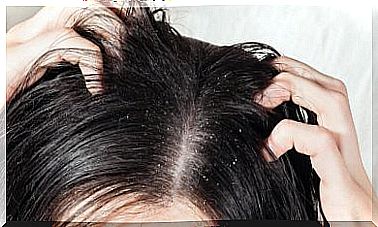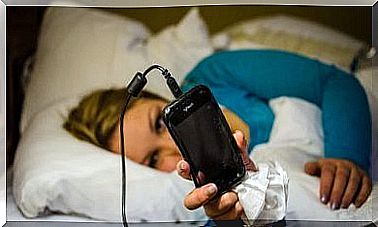Cervicobrachialgia: The Arm-shoulder Symptom
Pain that radiates from the neck through the shoulder into the arm is called cervicobrachialgia
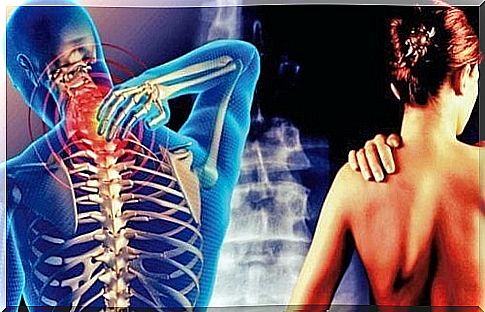
Cervicobrachialgia is the medical term for a syndrome that describes the state of health when pain radiates from the cervical spine over the shoulders and into the arms.
Find out what the causes are, how you can prevent cervicobrachialgia and what therapy options are available.
Cervicobrachialgia: when arms, shoulders and neck hurt
A long and complicated name for a complaint that is quite common: cervicobrachialgia.
In simple terms, the clinical picture is also called arm-shoulder syndrome or vice versa: shoulder-arm syndrome.
It gets more complicated with the following technical terms, which all mean exactly the same thing: cervicobrachial syndrome, cervicobrachial neuralgia or cervicobrachial syndrome.
However, it is not a disease, but ailments that can be a symptom of other ailments, physical impairments or illnesses.
In summary, the term cervicobrachialgia actually only describes that the neck (cervico) and arms (“brachi …”) cause pain (“… algie”).

Causes of discomfort
Since cervicobrachialgia is not a disease but a symptom, it is difficult to name a specific cause.
There can be many triggers behind the symptoms and a combination is also possible.
It always depends on the individual case and the patient what exactly is behind the pain. Possible causes of cervicobrachialgia can be:
- Herniated disc of the cervical spine
- Wear and tear
- Tumors
- Deformities
- Inflammation
- Accidents
- One-sided or excessive load
- Blocking of individual vertebral segments
- osteoporosis
- rheumatism
- Mental problems
Because of the pain and the resulting relieving posture, there are also hardened and tense muscles, which cause further discomfort and pain.
But the psyche is also the main reason for the complaints in a particularly large number of cases : People who suffer from anxiety, depressive moods or depression have a much higher risk of developing chronic pain in the back or neck.
Really impressive: 80% of all people who suffer from chronic back pain also suffer from depression or depressive moods!
What they all have in common is that, from a purely medical point of view, the back is then very healthy! The condition worsens more and more through overanxiousness, relieving posture and careful movements.

Smartphones as the cause?
The daily use of smartphones and tablets has created a new form of poor posture : the so-called “cell phone neck”.
It occurs when a smartphone or tablet is used for a long time during the day and the muscles are not compensated for by other movements.
An adult’s head weighs between 3.2 and 4.1 kilograms, depending on the person’s gender and size.
Normally the head is carried by the spine when walking, standing or sitting upright, the muscles only stabilize it.
Due to its very high center of gravity, only a small inclination of the head means a significantly greater burden on the back and its muscles.
If you tilt your head by only 15 degrees, you exert a pulling force of around 13 kilos on your muscles and spine. The further the head is tilted, the greater the load.
In the typical posture in which you look at your smartphone or tablet, your head is tilted around 60 degrees – an unbelievable load of around 30 kilos!
So that the head does not fall on the chest, the muscles counteract this and can become overexerted, tense and hardened.
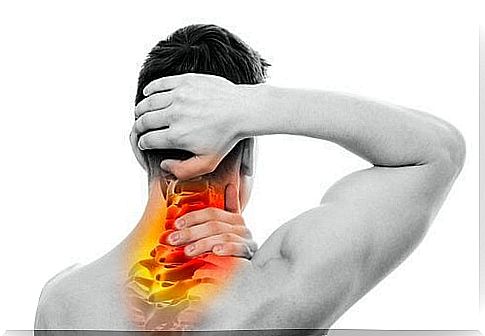
What are the symptoms?
As the name suggests, it is pain in the cervical spine and arms.
Those affected usually report pain that radiates from the neck over the shoulder and then into the arms.
Depending on the cause of the cervicobrachialgia, the pain can be more or less severe.
If a nerve is trapped in the cervical spine due to a herniated disc, the pain that occurs even at rest is much lighter and more stabbing than when wear and tear are the cause.
In this case, the pain occurs primarily when there is stress, i.e. movement of the head or stress on the cervical spine.
The pain can develop into chronic pain, especially if it is caused by rheumatism, osteoporosis or deformities.
If it is about pinched nerves, displaced or blocked vertebral bodies or vertebral segments, local inflammation or the consequences of an accident, the chances are good that you will be symptom-free again after appropriate therapy.
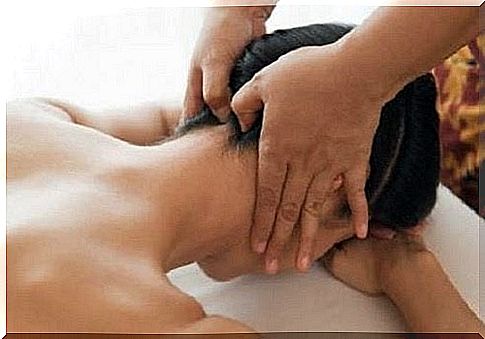
What therapy options are there?
It is difficult to give concrete therapy recommendations because the causes of cervicobrachialgia are very diverse. In principle, the following measures can then help, at least in a supportive manner:
- warmth
- massage
- Move
- physical therapy
- Chiropractic
- Relaxation
- acupuncture
Don’t ask for a foam bandage to be worn around your neck to stabilize your head.
Although this initially alleviates the pain due to the limited mobility, it can only worsen the problem in the long term, as the stabilizing muscles are broken down by the bandage!



